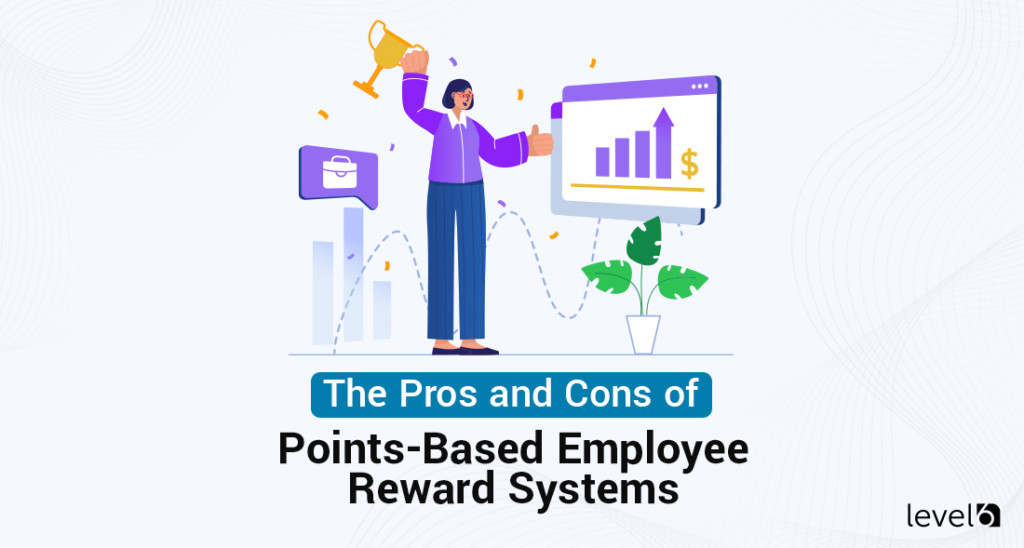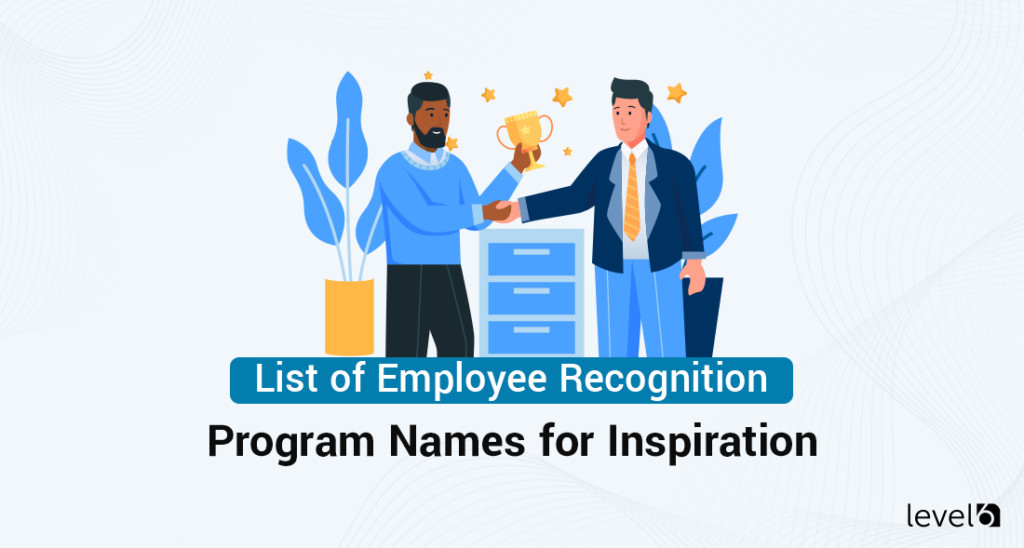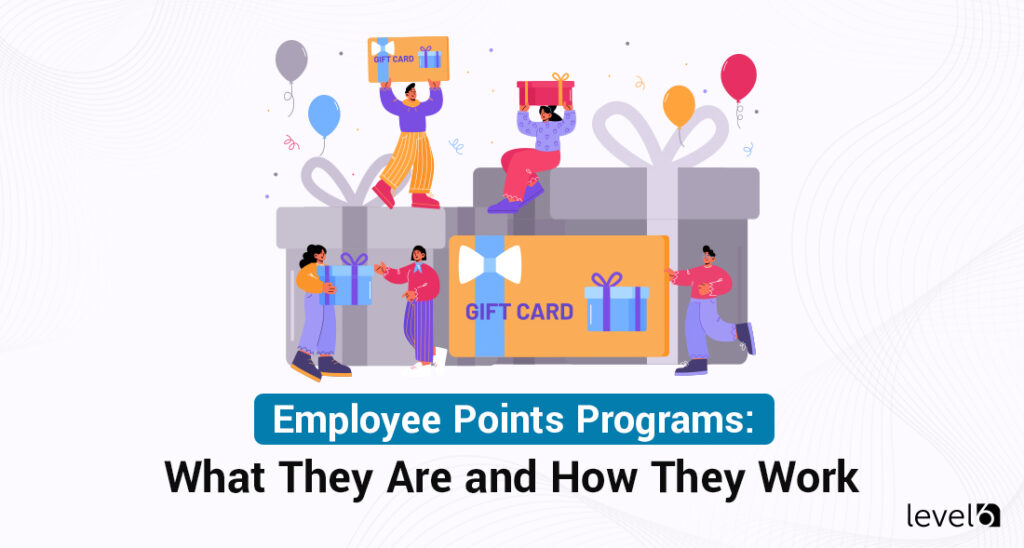Contingent reward leadership is an approach to management that focuses on rewarding employees for their performance and achievements. This type of reward system is based on the idea that employees should be rewarded for meeting specific goals and objectives or achieving certain outcomes.
It is a way of motivating employees to work hard and do their best and recognizing and rewarding them for their success.
This blog post will discuss contingent reward leadership, how it works, and the differences between transactional and transformational reward leadership.
What Does Contingent Mean?
If you look up the definition of contingent, you’ll find there are three ways of describing this adjective:
1. Dependent for existence, occurrence, character, etc., on something not yet certain; conditional (often followed by on or upon):
“Our plans are contingent on the weather.”
2. Liable to happen or not; uncertain; possible:
“They had to plan for contingent expenses.”
3. Happening by chance or without known cause; fortuitous; accidental:
Looking to learn more about an incentive, rebate
or reward program for your business?
Curious about costs?
Try our instant pricing calculator:
“Contingent occurrences.”
When it comes to contingent rewards, the term’s meaning is closest to the first description, “dependent for existence, occurrence, character, etc., on something not yet certain.” As in:
Contingent rewards are a motivation-based system used to reward employees that meet pre-set goals.
We like how BetterUp puts it. Effective leadership depends on the situation at hand. In other words, it depends. “Good” or “bad” leadership is dependent (contingent) on how the leader responds to individual situations.
The first contingency theory came on the scene in 1960s Austria. Fred E. Fiedler developed this theory which is still one of the “leading contingency leadership theories.” Some leadership styles the article describes include:
- Delegating style
- Participating style
- Selling style
- Telling style
- Supportive style
- Directive-clarifying style
- Achievement-oriented style
- Autocratic style
- Consultive style
- Collaborative style
Curiously, they don’t include “reward style” in their list of styles, which is now a common leadership style.
There are two different styles of reward leadership: transactional and transformational. Simply put, contingent transaction reward leadership uses recognition and rewards as a leadership style that says, “If you do this, we’ll reward you with that.”
Contingent transformation reward leadership “builds personal and social identification among its members with the mission and goals of the leader and organization.”
Contingent reward leadership is a version of transactional leadership. When you hear reference to either “contingent reward leadership” or “transactional reward leadership,” the terms are usually used interchangeably.
Characteristics of Contingent Reward Leadership
Transactional reward leadership, as a reward system, focuses on giving rewards in exchange for specific behaviors or results. Based on the idea that providing people with rewards for their performance will motivate them to strive for better performance, this type of reward system is most often used in the workplace and can involve recognition, financial incentives, promotions, and other types of rewards.
The key characteristics of transactional reward leadership are:
1. Clear Expectations
Transactional reward leadership involves clearly defining expectations and outcomes that will be rewarded. This helps ensure employees know what they need to do to earn rewards and keeps everyone motivated to achieve those results.
Some types of clear expectations that will help deliver transactional rewards include:
- Output-Based: Setting goals for employees and rewarding them for achieving those goals will help motivate them to do their best. When creating output-based expectations, make sure they are measurable and achievable.
- Time-Based: These expectations involve setting deadlines and rewarding employees when they meet them. This is a great way to ensure tasks are completed on time and that the desired results are achieved.
- Quality-Based: Quality should always be a focus when rewarding employees. Setting quality-based expectations mean that employees will receive rewards if they complete tasks or projects with high-quality standards.
- Attitude-Based: Rewarding employees for having a positive attitude and displaying team spirit can be a great way to encourage a productive work environment. When setting attitude-based expectations, make sure to focus on behaviors that can be demonstrated and acknowledged, such as respect for colleagues and enthusiasm for the job.
2. Performance-Based Rewards
Rewards should be based on performance and linked to individual outcomes. This ensures employees are motivated to perform at their highest level to achieve the desired results.
These types of rewards are typically tailored to the individual employee’s efforts and are often based on a pre-determined performance metric.
Some examples of performance-based rewards include:
- Bonuses: Bonuses are a popular form of performance-based reward, as they are directly linked to an employee’s performance. A bonus can be awarded as a one-time payment or as a series of payments based on a certain performance metric.
- Cash awards: Cash awards are also popular, as they allow employers to recognize employee performance with a tangible reward. This could include gift cards, prepaid debit cards, or cash bonuses.
- Non-cash rewards: Non-cash rewards are another great way to recognize employee performance without breaking the bank. This could include movie tickets, company swag, gift cards for local restaurants or businesses, or anything else that could be used as an incentive.
- Promotion: Another form of performance-based reward is promotion. Employees who have demonstrated exceptional performance and dedication can be promoted to a higher position in the company. This is an excellent way to recognize high-performing employees while also incentivizing others to strive for excellence.
3. Immediate Rewards
Transactional reward leadership focuses on immediate rewards for positive performance or outcomes. This helps reinforce the desired behavior and makes it easier for employees to stay motivated.
When it comes to delivering transactional rewards, timing is key. Rewards should be delivered as soon as possible after achieving the performance. Delaying the reward can diminish its effectiveness since the employee may associate the reward with something other than the performance that earned it.
In addition, if rewards are delayed, employees may perceive them as unimportant or as recognition for something that happened in the past. This could lead to demotivation and a decrease in performance.
For maximum impact, employers should deliver transactional rewards quickly and clearly explain why they are being given. This will ensure that the employee understands the connection between their effort and the reward. Employers should also ensure that their reward system is consistent and fair. This will help create an environment of trust, respect, and appreciation.
4. Recognition
Transactional reward leadership also involves recognizing good performance or results publicly or privately. This can take the form of verbal praise, certificates, awards, or other forms of recognition.
Recognition is one of the most powerful tools in a manager’s arsenal when it comes to transactional rewards. Studies show that recognition is one of the biggest motivators for employees, as it increases engagement and performance. When used correctly, recognition can be a great way to reward and motivate employees.
Recognition should be tailored to individual employees so that each person feels special and appreciated for their contributions. Acknowledging hard work or outstanding performance helps to create an environment of trust and respect between managers and employees, which is essential for any successful business. In addition, it creates positive associations with the company and encourages employees to do their best in the future.
At the same time, recognizing an employee for a job well done also serves as a public reminder that hard work pays off. This encourages other team members to strive for excellence, as they can see that their efforts are noticed and valued. Furthermore, providing recognition shows that the organization appreciates its employees and values their contributions, which helps to build loyalty and morale.
5. Flexible Rewards
Flexible rewards are an important part of any transactional reward system. Flexible rewards provide employees with the opportunity to receive rewards that are tailored to their individual needs and performance. By providing flexible rewards, managers can ensure that employees are rewarded in a meaningful way, which can help motivate them to work harder and stay engaged in their roles.
Flexible rewards can also be used to motivate employees to go above and beyond their job duties. For example, a manager may offer additional bonuses or incentives for employees who complete projects or tasks quickly and efficiently. This type of reward system allows employees to be recognized and rewarded for their efforts rather than just receiving the same rewards regardless of how well they perform.
Overall, flexible rewards in a transactional reward system can help to increase employee engagement and motivation. By providing rewards tailored to an individual’s performance, managers can ensure that employees are properly incentivized and recognized for their hard work. This type of reward system can also promote a sense of ownership and pride in an organization, as employees are more likely to feel valued when they are rewarded for their efforts.
Advantages of Contingent Reward Leadership
Contingent reward leadership can be highly effective in an environment where traditional motivation, inspiration, and employee engagement are difficult to achieve. By implementing a contingent reward system, productivity and performance can be boosted considerably.
Providing as much clarity as possible is key to a successful contingent reward leadership approach. People need to know what they can expect to receive if they meet certain criteria, and they also need to know exactly what they need to do to earn a reward.
Transactional reward systems provide tangible incentives that result from measurable outcomes such as increases in sales or higher levels of production. On the other hand, transformational reward systems focus more on intangible incentives such as improved morale, job satisfaction, and a sense of belonging to the company.
Both approaches work well depending on your organization’s needs and culture; however, contingent rewards and other motivators can help increase efficiency and productivity. A positive reinforcement strategy like this encourages employees to go the extra mile and strive for excellence by offering a reward for achieving desired goals.
Not only does this incentivize success, but it also provides employees with feedback which serves to promote further growth and development. Additionally, contingent rewards are typically much less expensive than traditional rewards like salary increases or bonuses.
When combined with effective communication, organizations can use this strategy to motivate employees without having to spend too much money. Contingent rewards are incredibly flexible and can be tailored to each individual employee’s particular situation. This way, organizations can tailor rewards specifically to each person’s needs which helps boost loyalty and improve retention rates.
Disadvantages of Contingent Reward Leadership
Contingent reward leadership has some drawbacks that organizations should be aware of. The sole focus on performance can be demotivating and disengaging for employees, as it places too much emphasis on results and needs more effort.
As well, rewards have a limited impact on people’s performance. It can be difficult to gauge the effectiveness of rewards, and it is often difficult to find the right balance between rewards and tasks. The strict structure of contingent reward leadership can stifle creativity and innovation, as employees are likelier to stick to what has already been established rather than explore new ideas.
These reward systems can be pricey to maintain, as organizations need to continually assess the performance of their employees and provide appropriate rewards. They may also create competition among employees, resulting in unhealthy work environments.
Any rewards need to be carefully tailored and well-thought-out; otherwise, they can generate the wrong impression. For example, some employees might feel they need to be recognized or rewarded fairly compared to other workers who receive larger awards or bonuses. This could lead to dissatisfaction or even resentment within the organization.
How Contingent Reward Leadership Helped Platoons Perform Well
Twenty years ago, co-leading researchers from the Journal of Applied Psychology looked at how transactional and transformational (reward) leadership impacted and predicted the “potency, cohesion and performance” of 72 light infantry rifle platoon leaders and sergeants. In total, 1,594 “soldiers” participated in the study.
The study gives examples of contingent reward leadership statements and beliefs:
- “Reward us when we do what we are supposed to do.”
- “Direct attention toward failure to meet standards.”
By way of contrast, examples of transformational reward leadership emphasize statements and beliefs like:
- “Talk about the importance of the Army ethics and values.”
- “Emphasize the importance of having a collective sense of mission.”
- “Help platoon members develop their strengths.”
The conclusions of the study found that:
“Transactional contingent reward leadership establishes clear standards and expectations of performance, which builds the basis for trust in a leader. Transformational leadership can then build on these initial levels of trust by establishing a deeper sense of identification among followers with respect to the unit’s values, mission, and vision.
Maintaining high standards of performance against opposition forces that are better trained and more experienced appear to require both transformational and transactional leadership.”
After reading today’s article, do you have any questions about the contingent reward leadership model? Was there anything we mentioned that you’d like additional clarification on? If so, we’d be more than happy to help you out!
Additionally, if you’re searching for more information on proven performance solutions for any budget, we invite you to check out our articles! We’ve written dozens of articles about incentive and incentive-related topics, so you’re bound to find something that will help you and your company!

Claudine is the Chief Relationship Officer at Level 6. She holds a master’s degree in industrial/organizational psychology. Her experience includes working as a certified conflict mediator for the United States Postal Service, a human performance analyst for Accenture, an Academic Dean, and a College Director. She is currently an adjunct Professor of Psychology at Southern New Hampshire University. With over 20 years of experience, she joined Level 6 to guide clients seeking effective ways to change behavior and, ultimately, their bottom line.
 Demo
Demo












